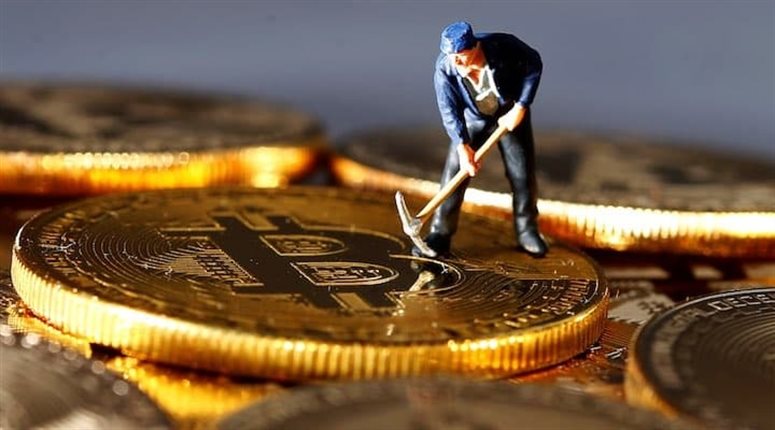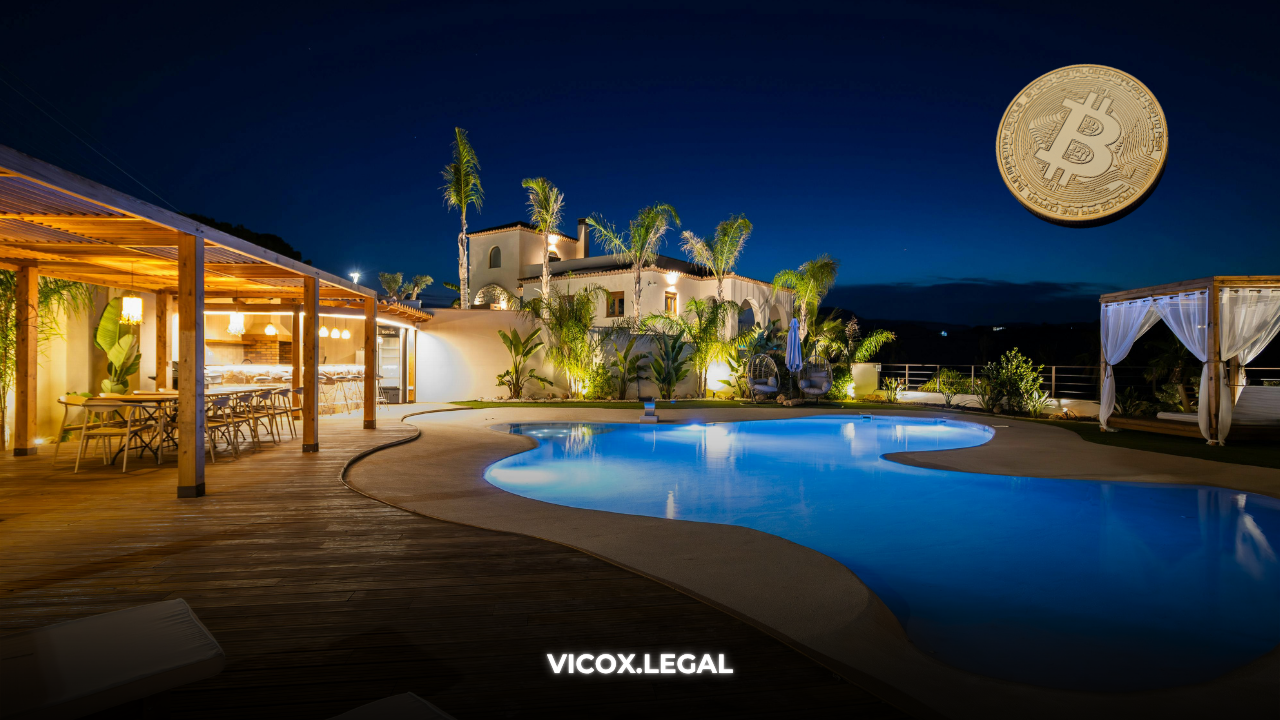Blockchain technology is made up of non-centralized distributed networks, understood as those networks created in the absence of a main center, i.e., without a central server with the power to determine the scope of the request to be made. These networks are mainly characterized by their decentralized nature, as a P2P model prevails, as well as by their rigorous chronological order and the registration of all their operations.

Based on this premise, these networks are made up of a series of elements:
- Blocks, composed of a certain amount of information that, in general, usually represent transactions of monetary origin.
- Nodes, understood as the link through which the information is transmitted directly, secretly and securely through the peer-to-peer (P2P) network.
- Miners, servers in charge of decrypting the content of the block and verifying transactions.
Metaphorically speaking, mining in blockchain technology is gold mining with the exception of the influence of the technological revolution in the sector, so that, in this case, the mining process consists of validating and grouping transactions. Thus, miners are replaced by a set of computer equipment in charge of carrying out computational calculations.
Now, what happens when a miner manages to "crack" the problem?
The answer to this question is simple, once network members confirm and validate the answer, miners get new Bitcoins that are put into circulation and the transaction fee. While the reward for mining used to be 50 Bitcoin per block, as of May 2020, this amount has dropped to 6.25 Bitcoin for each block you manage to complete.
It is important to note that the mining process is an arduous task that requires especially a server with high computational power capable of solving the block to obtain the reward. All this, together with the high cost of the devices and electricity, gives rise to mining pools . In this way, a space is created that allows the agglomeration of several miners to work together, thus reducing the time to achieve its purpose and, above all, increasing the degree of efficiency in the validation and grouping of transactions, optimizing the mining process . Currently, there are several mining pools that have been emerging since their first appearance (SlushPool), such as AntPool, Foundry or F2Pool. However, it is important to point out that this concentration of miners through pools has increased the competition to obtain the reward, so the profitability of mining through the servers used will be decisive.

Now, once the blockchain figure has been determined, as well as the miners and the mining process, the following question arises: what do we need to mine Bitcoin?
After version 0.2 of the Bitcoin software, the development of machines specially designed for computing due to the number of embedded processors (ASICS) was encouraged, making the process of mining using graphics cards obsolete.
Finally, we must point out that in the mining process there are two types: PoW (Proof of Work) and PoS (Proof of Shake). The first is the most widely used system and requires high-powered servers capable of solving unknowns without which a new block cannot be proposed. The second mining model consists of the miner's purchasing power and its operation is peculiar since its purpose is to incentivize participants to hold a certain amount of coins. Depending on the amount they have at their disposal, they will be chosen by a random selection process that is carried out to designate tasks, so that those who have more reserves will have more chances to be chosen.




